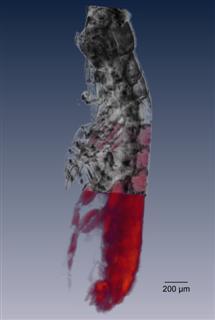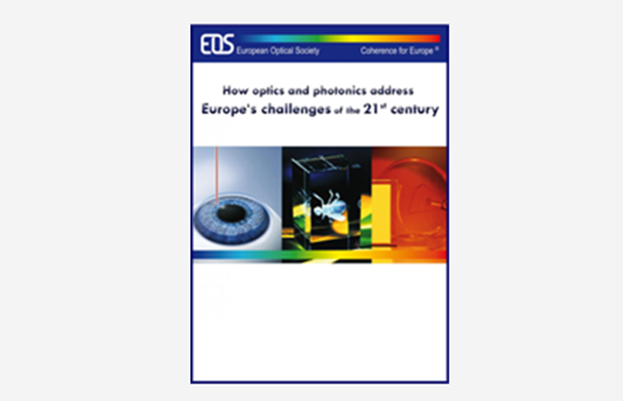In-vivo Optical Projection Tomography - Managing the invisible
Abstract:
Optical Projection Tomography (OPT) is a light microscopical technique developed by James Sharpe [1]. Similar to X-Ray Computed Tomography, small animals are illuminated, and projection images are taken from several sides, which then enter an inverse Radon transform to reconstruct a three-dimensional representation of the object, allowing non-invasive structural, morphological, and functional imaging of animals in the size range between some tens of micrometers up to a few centimeters. Many model organisms of biomedical research are excellent candidates for studies using OPT, since functional analyses of organs, organelles, down to the single cell are necessary for insights in many human diseases. Due to the lack of alternative imaging modalities - because either they make use of harmful radiation or are otherwise unsuitable for in-vivo imaging - this technique is a most promising novel approach closing the gap between high resolution microscopy and macro-scale imaging such as magnetic resonance tomography.
1. J. Sharpe, U. Ahlgren, P. Perry, B. Hill, A. Ross, J. Hecksher-Sorensen, R. Baldock, and D. Davidson, "Optical Projection Tomography as a Tool for 3D Microscopy and Gene Expression Studies," Science 296, 541-545 (2002).





